"Reckless" anarchist Maria Nikiforova
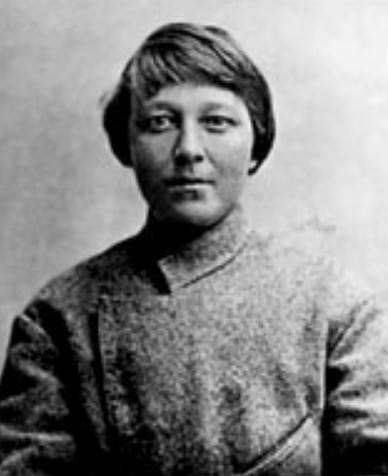
M. Nikiforova in prison, 1909
The Civil War brought (and some - and threw) on the stage of a big stories very unexpected characters. And one of these heroines was a certain Maria (Marusya) Nikiforova. She started as an unmotivated terrorist, in exile she became closely acquainted with Alexandra Kollontai and Vladimir Antonov-Ovseenko. Her "Free fighting squad" in one of the skirmishes once even defeated the detachment of Grigory Kotovsky. And at first, some of Nestor Makhno himself was called only "an associate of Marusya Nikiforova."
We will talk about this strange woman in two short articles.
The first mystery of Maria Nikiforova
The father of the heroine of the article, Grigory Nikiforov, was a nobleman, participated in the Russian-Turkish war of 1877-1878, rose to the rank of staff captain. After retiring, he settled in the city of Aleksandrovsk, founded under Catherine II, known for the famous poem “Grenada” by M. Svetlov, which became a song:
And Kharkov, answer:
Long time ago in Spanish
Have you started singing?
This city was part of the Novorossiysk Yekaterinoslav province, but in Soviet times it was renamed Zaporozhye and became the center of its own region. Maria Grigorievna Nikiforova was born in 1885 and immediately after this event, her parents dramatically changed their lifestyle: they stopped receiving guests, prevented their daughter from communicating with other children. The reason, as they said later, was a rare congenital pathology - an anomaly in the development of the genital organs. In 1909, the convicted terrorist Nikiforova was even mistaken by her cellmates for a male spy planted next to them. One of them - Ekaterina Akinfieva-Nikitina, in the article "Our Escape", published in the journal "Katorga and Exile" (No. 7, 1929) reports:
She wrote about the same in the book Novinsky Liberation (1929).
In the end, Nikiforova was forced to make a confession that shocked everyone. Akinfieva-Nikitina says:
There were rumors that later, abroad, Nikiforova was transplanted with some kind of “hormonal glands”, thanks to which she became more like a woman. Her close friend, the anarchist Artemy Gladkikh, also spoke about this during interrogation in the Cheka. However, no one can say what kind of operation it was, where it was performed, and whether it was at all. After all, it is known for sure that the first officially registered sex change operation was performed only in 1930: a certain Einar Weginer after it became Lily Elba. What did this strange woman look like? Here is how E. Akinfieva-Nikitina, mentioned above, describes it:
And here are the testimonies of people who met with her after the revolution. Makhnovets M. Chudnov saw Nikiforova in 1918, he reports:
The Bolshevik M. Kiselev, who saw Nikiforova at a rally in Berdyansk in May 1919, describes her as follows:
But another Bolshevik, S. Raksha, secretary of the party bureau of the Dnieper Red Guard detachment, reports:
Of course, everyone has different tastes, but I still think that the creators of the Nine Lives of Nestor Makhno series pretty much flattered Marusya:
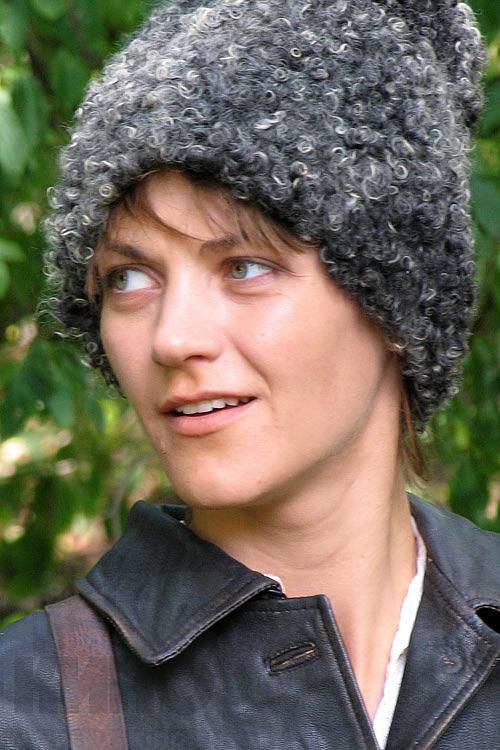
A. Ukolova as M. Nikiforova
M. Kiselev, mentioned above, claims that Nikiforova was a cocaine addict, which is very easy to believe. After the introduction in the Russian Empire on July 19, 1914 of a ban on the production and sale of all types of alcoholic products in all sectors of society, the consumption of cocaine and heroin, which were then freely sold in pharmacies, increased sharply.
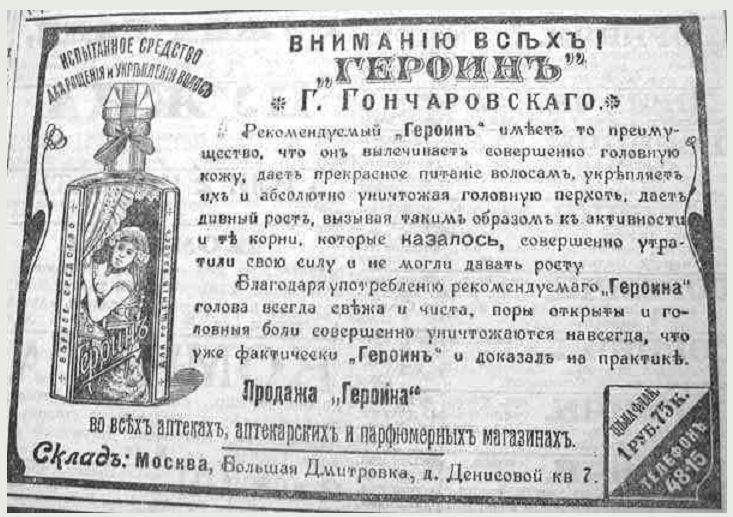
Advertisement for heroin, which was produced by the well-known Bayer company until the early 30s as a cough medicine
There were also “cocktails” in which alcohol was mixed with drugs: a mixture of alcohol and cocaine was called “Baltic tea”, alcohol with opium was called “raspberry”.
Marusya Nikiforova "goes into the revolution"
Maria Nikiforova is said to have run away from home at the age of 16. Some say that the reason for this act was some kind of romantic story with a certain "boyfriend" who left her after the first night. She worked as a nanny, a clerk, and even washed bottles for a while at a local vodka distillery. At the age of 18, she joined one of the anarchist groups, which consisted of supporters of "motivated class terror" - "struggle for the sake of struggle." "Motiveless" argued that acts of terror should be organized on the principle of belonging to the estate of the nobility or to any capitalist - regardless of his personal and human qualities. Any terrorist acts, from their point of view, were useful, as they undermined the foundations of the state system. Calling a spade a spade, we can say that it was a gang of lawless people and scumbags who believed that it was possible with a clear conscience to kill any decently dressed person who could well turn out not to be a "bourgeois", but a well-known and respected doctor, university professor, architect, and so on. Further. Of course, it is much easier to kill such people than to organize assassination attempts on the king, ministers or governors-general. Nikiforova participated in many actions, with her participation the train to Nikopol, Libman's cafe and a haberdashery store in Odessa were blown up, the administrator of one of the factories was killed by a bomb thrown by Maria personally.
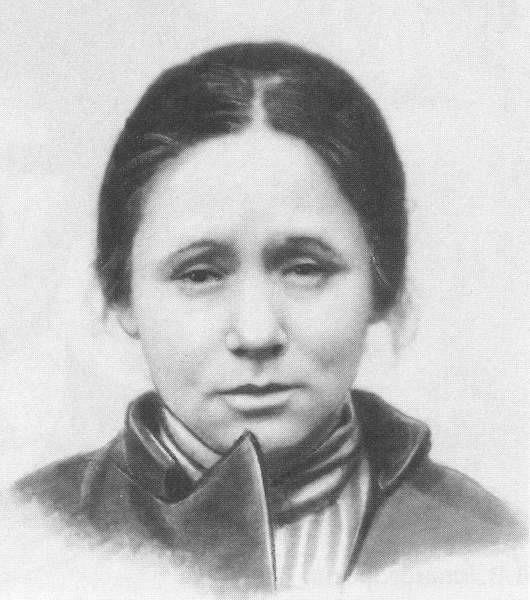
Elka Golda Elevna Ruvinskaya (aka Olga Ilyinichna Taratuta), participant in the attack on us at the Libman cafe, founder of the Anarchist Red Cross (now the Black Cross)
Some sources report that Nikiforova at that time preferred men's suits and demanded that her party members call her Volodya. In 1907, during her arrest in Kherson, she tried to detonate a bomb, but something went wrong - the infernal machine did not work. Ekaterina Akinfieva-Nikitina, mentioned above, claims that Nikiforova was charged with just one episode - as a participant in the murder of a bailiff in the city of Starobelsk, Yekaterinoslav province. At the trial, she either sobbed and repented of everything, then threatened the judges. As a result, she was sentenced to 20 years of hard labor. At the same time, Nikiforova cannot be called an ideological revolutionary, because, as it turned out, she had not the slightest idea about the "platforms" of various parties, and even the currents of the same anarchism. Already in the cell, according to the previously quoted Ekaterina Akinfieva-Nikitina, Nikiforov:
But, as they say, she tried to “care” for Natalya Klimova, who was a member of the Socialist-Revolutionary fighting group that organized the explosion of the dacha of Prime Minister P. A. Stolypin on August 12, 1906.
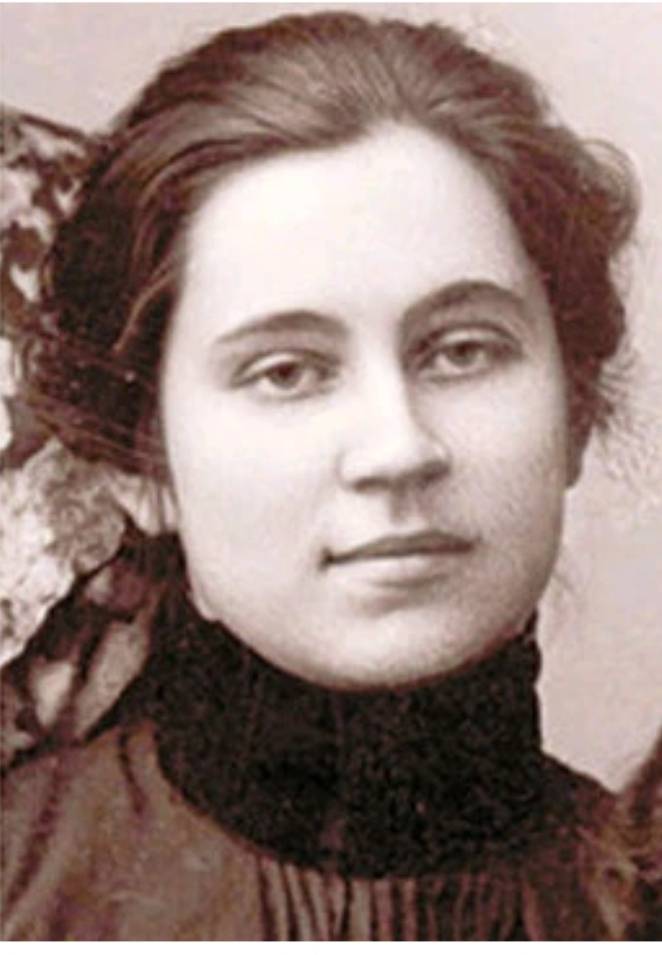
Natalia Klimova
In the summer of 1909, Nikiforova became a participant in the famous escape of 12 revolutionaries from the Moscow Novinsky women's hard labor prison (the thirteenth was the prison guard - Tarasova Alexandra Vasilievna, who lived until 1971). Dresses for them were sewn by the mother and sister of Vladimir Mayakovsky, and the future great poet, who was then only 16 years old, was arrested in this case and spent 11 months in prison, 6 of them in solitary confinement.
The Social Revolutionaries collected 8 rubles for the prisoners, which they ... forgot in the cell. But they acted strictly according to plan: they entered the office of the head of the prison, tied her up and got out through the window.
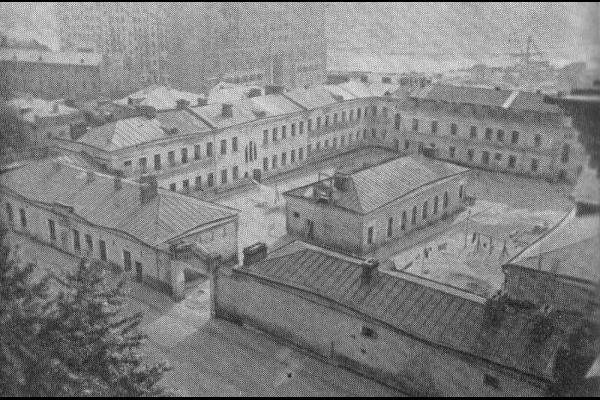
Novinskaya hard labor prison, demolished in 1960. Now the famous “house-book” is on this site (Novy Arbat, 36)
Three fugitives were caught immediately, literally the next day, but the rest, in the end, through Siberia, China and Japan managed to get to France. At the same time, according to Akinfieva-Nikitina
Nikiforova gave everyone a lot of trouble, she writes about her (in the masculine):
Life in exile
Makhno's chief of staff, V. Belash, claimed that Nikiforova lived in the United States for some time, and then moved to France through Spain. However, apart from his testimony, there is no evidence of Nikiforova's stay in America. It is known for sure that she lived in Paris, where she studied in the studio of Auguste Rodin - in the mansion "Hotel Biron", which now houses the museum of this sculptor. They say that Rodin highly appreciated her talent and considered her one of the best students.
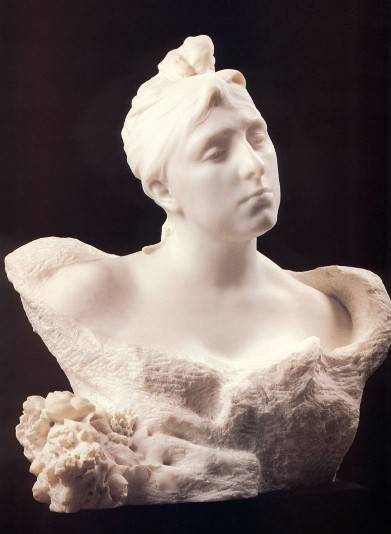
Bust of Maria Nikiforova by Rodin
In the meantime, I met Alexandra Kollontai and Vladimir Antonov-Ovseenko, the future commander of the Red Army units of the South of Russia and the head of the Political Directorate of the Revolutionary Military Council. By the way, he's in his 30's. On the whole, he spoke positively about this chieftain, calling her "an energetic and stupid leader of anarchist detachments."
In Paris, Nikiforova continued to behave extremely extravagantly and often "came out" in a men's suit, which in those days was a real challenge to public opinion. Since 1913, she began to call herself Marusya. In France, in the same 1913, she married the Polish anarchist Witold Brzostek, but soon left her husband. After the outbreak of the First World War, the famous anarchist ideologist P. Kropotkin took an anti-German position. Under his influence, Nikiforova, under a false name, entered the officer cavalry school, and then, in 1916, went to the Balkans as an instructor.
Return to Russia
After the February Revolution, Nikiforova, like many other emigrants, returned to Petrograd (while she deserted from the French army). Again she wrote articles in left-wing newspapers, made heated speeches at rallies, including in front of the sailors of Kronstadt, as F. Raskolnikov recalled. After the suppression of the July anti-government protests (the July Crisis), she chose to leave for her homeland - to Aleksandrovsk. The ideas of anarchism were then very popular in Ukraine and Novorossiya. At first, Nikiforova collaborated with the Bolsheviks, who were led by her old acquaintance, Vladimir Antonov-Ovseenko, commander of the Red troops of the South of Russia.
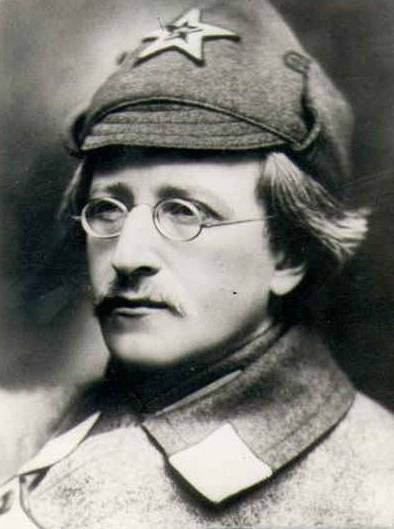
V. Antonov-Ovseenko in 1919
Things got to the point that he appointed her "head of the formation of cavalry detachments in the Steppe Ukraine" - and allocated significant money. Marusya used these funds to create the so-called Free Combat Squad - a personal detachment of 580 people armed with an armored platform, two cannons and seven machine guns. Then they managed to get five more armored cars. An employee of the Cheka I. Matusevich reports:
And, of course, they all had long messy hair.
A. Ronis-Kantovsky describes Marusya's warriors as follows:
Marusya herself appeared astride a white horse - in an astrakhan Kubanka and with a cigarette in her mouth. The Bolshevik M. Roshal, who saw Marusya in Voronezh, recalled:
On the black silk banner of Nikiforova’s detachment was the slogan “Anarchy is the mother of order”, the echelons were hung with posters with the inscriptions “Peace to huts - war to palaces”, “The liberation of workers is the work of the workers themselves”, “Power gives birth to parasites! Long live anarchy!" and so on.
In the next article, we will continue the story about M. Nikiforova.
Information